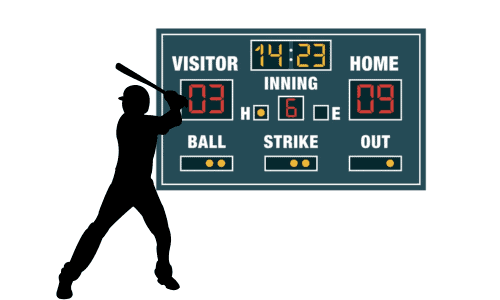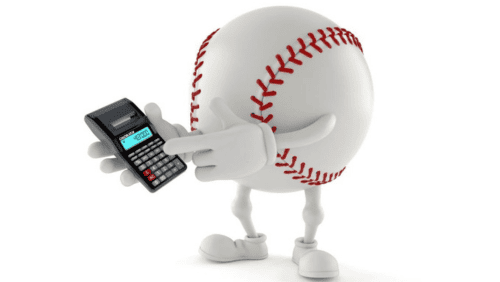If you haven’t heard the acronym “IP” in baseball, then you haven’t really experienced baseball at its best. These two letters add a whole new dimension to the game.
So, what does IP stand for in baseball? “IP” stands for “innings pitched,” a vital statistic that measures how many innings a pitcher pitches throughout a game and contributes to the success of their team.
Let’s know more about it!
Contents
Understanding IP in Baseball
1. Definition of IP
IP is a type of pitching statistics used to measure the number of innings a pitcher remains in the game. It is considered a key metric used to evaluate a pitcher’s potency and stamina throughout a game.
During an inning, each team has one turn at the plate and on the field. In each inning, there are three outs. Regardless of whether a strikeout occurs or not, every pitcher earns one out credit for every three outs they make.
Calculating innings pitched involves subtracting the number of recorded outs from the total number of played inning in baseball.
2. Significance of IP
There are various reasons why the IP statistic is important in baseball:
- IP is deemed helpful in determining the overall status of a player in a game such as a pitcher’s stamina and ability to improve the performance of their team.
- It acts as a critical parameter for assessing the management of workloads and reducing the risk of fatigue-related issues since coaches and managers can gather useful information by tracking innings pitched to decide when it is best to rest or replace a pitcher.
3. How is IP Calculated?
Calculating IP pitching stats follows a straightforward method:
- The pitcher receives 1.0 IP for each full inning pitched and 0.1 IP for each out recorded (partial inning).
- Then sum the complete innings and the fractional component that corresponds to the number of recorded outs to get the total number of innings pitched.
4. Ways to Improve IP
Achieving agood IP in baseball value is not easy, but it is not unattainable either. The following strategies can be applied by players to improve their innings pitched:
- Enhance efficiency in pitching: Pitchers can decrease the number of balls thrown and improve their chances of recording outs by throwing more strikes and pitching to contact.
- Gain the advantage in the count: It puts pitchers in a better position, makes it more difficult for batters to hit with two strikes.
- Practice pitch command and control: Pitchers can improve their pitch command by focusing on mechanics, repeatability, and improvement to deliver more accurate pitches and maintain greater game control.
- Improve stamina and endurance: Pitching conditioning and training make pitchers stronger, allowing them to pitch longer. To stay physically fit, concentrate on cardios.
- Take team context into account: To objectively evaluate a pitcher’s performance, take into account the team context and consider the innings pitched by the team captain.
Conclusion
Conclusively, the IP slang you often hear among baseball enthusiasts means “innings pitched,” which refers to the number of innings a pitcher has hurled in baseball and contributes significantly to a team’s success.
Now that you know what does IP stand for in baseball, surely, you’ll have a more improved baseball experience. It becomes especially rewarding when you hear fans use this abbreviation, and you instantly grasp the context of their conversation!
Related guides:

A powerful swing and the ball is flying across the field, just one hit, and we might never forget the thrill it brings. I do not know about you, but I never do. Every baseball game is the chance to compete with others and cooperate with your teammate. It is among my biggest passions.


















